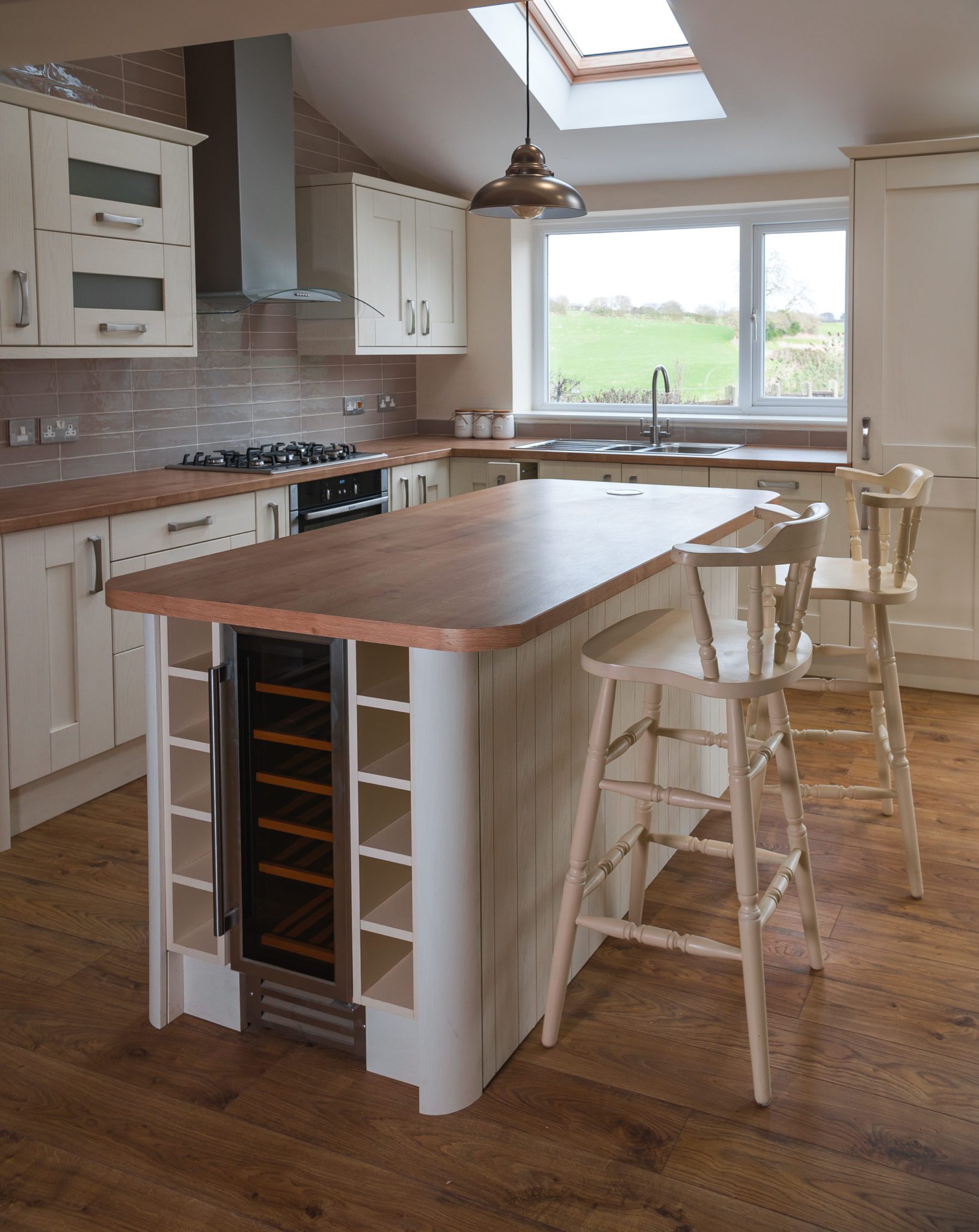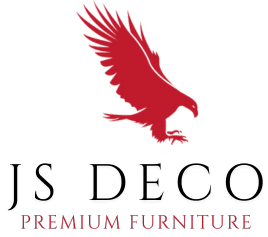
Ideas for Extension Kitchens: Maximizing Space and Functionality
A kitchen is often considered the heart of a home, where meals are prepared, conversations are had, and memories are made. However, not all kitchens are created equal. Some may be too small or lack essential features, making cooking and entertaining a challenge. In such cases, extending the kitchen can be an excellent solution. Here are some ideas for extension kitchens that can help maximize space and functionality.
1. Assess the space and needs
The first step in this process is to evaluate the current layout of your kitchen. This includes examining the size of the existing space, the arrangement of cabinets, countertops, and appliances, and the flow of movement throughout the area. By doing so, you can identify any shortcomings in the current design and create a plan that addresses these issues.
Another essential consideration is storage options. Adequate storage is essential for any kitchen, and expanding the space can provide an opportunity to increase storage capacity. This could include additional cabinets, shelves, or even a pantry. The choice of storage solutions will depend on the needs of the household and the style of the kitchen.
2. Expand the kitchen footprint
Expanding the kitchen’s physical space is a frequently used strategy for extending a kitchen. This can be accomplished by various means, such as constructing an additional room, enlarging the current kitchen into an adjoining room, or creating a completely new structure adjacent to the house. The benefit of expanding the kitchen’s footprint is that it provides additional countertop space, cabinets, and appliances, all of which can increase functionality and convenience in the kitchen. With more room to work, homeowners can cook and prepare meals with greater ease, and have more space to entertain guests or store kitchen equipment. Overall, expanding the kitchen’s physical space is an effective way to enhance the functionality and overall appeal of a home.
3. Add an island
Incorporating an island into a kitchen has become a trendy approach to increasing counter space while also creating a central gathering spot for socializing and entertaining guests. Islands can be tailored to suit the kitchen’s design and can feature various amenities, including sinks, cooktops, and even wine fridges. An island provides a multi-functional surface that can serve as a workspace for meal preparation, a dining area for casual meals, or even a space for homework or crafting. Additionally, islands can add a stylish element to the kitchen and enhance the overall visual appeal of the space. By adding an island, homeowners can expand their kitchen’s capabilities and create a hub for cooking, dining, and socializing that will be enjoyed by family and friends for years to come.
4. Incorporate smart storage solutions
Effective storage is an essential component of any functional kitchen, and extending a kitchen presents an opportunity to incorporate smart storage solutions. This can involve the use of custom cabinets that are designed to make the most of every available inch of space. Pull-out drawers can be installed to facilitate easy access to items that are stored in the back of cabinets, while built-in pantry shelves can offer a spacious and organized storage solution for food items. To maximize storage, hidden compartments can also be built into the kitchen’s design. These compartments can be integrated into cabinetry or even the kitchen island and can be used to store small appliances, utensils, or other kitchen items. Incorporating smart storage solutions into an extended kitchen not only provides ample space to store essentials but also allows for a tidy and clutter-free workspace.
5. Install task lighting
Good lighting is a crucial element in any kitchen, and this is particularly true for extension kitchens where the space may be larger. In order to achieve optimal visibility and functionality, it is essential to incorporate proper lighting. Task lighting, such as under-cabinet lights, can offer focused illumination for specific work areas, such as the sink or stove, and help to prevent eyestrain and fatigue while cooking or performing other tasks. Pendant lighting fixtures can also be used to provide additional task lighting and add an aesthetic element to the kitchen. Moreover, installing dimmer switches can provide flexibility and ambiance, allowing for the ability to adjust the lighting as needed, depending on the time of day and activity in the space. By incorporating proper lighting into an extended kitchen, homeowners can ensure that the space is both practical and visually appealing, creating a comfortable and functional environment for cooking and entertaining.
6. Include a dining area
One of the benefits of extending a kitchen is the ability to integrate a dining area, providing a dedicated space for family meals or entertaining guests. The dining area can range from a simple breakfast nook to a full-sized dining table that can seat multiple people. A well-designed dining area can enhance the functionality and appeal of the space, making it an inviting place for gathering and sharing meals. To maximize space, homeowners may opt to add a built-in banquette or bench, which can provide additional seating options without taking up too much room. This can be especially useful for smaller kitchens that may not have the space for a traditional dining table and chairs. The addition of a dining area to an extended kitchen not only provides a practical space for meals but also creates a warm and welcoming atmosphere that will be enjoyed by family and friends.
7. Consider an open-plan layout
Open-plan layouts have become increasingly popular in modern homes, and extending a kitchen can present an opportunity to create a more spacious and flexible living area. This can involve removing walls or creating larger openings between rooms to promote natural light and improve the flow of the space. By opening up the kitchen to adjoining rooms, homeowners can create a more connected and inviting living area that allows for seamless movement between spaces. Additionally, opening up the kitchen can allow for more natural light to enter the space, making it feel brighter and more welcoming. This approach can also provide the opportunity to introduce new design elements, such as the use of accent walls or unique flooring materials, to further enhance the visual appeal of the space. Ultimately, creating an open-plan layout in an extended kitchen can provide a more comfortable and enjoyable living space that is perfectly suited to the needs and preferences of the homeowner.
8. Optimize the space for entertaining
When extending a kitchen, it can be designed with entertaining in mind. This can involve incorporating features such as a wet bar, a built-in grill, or even a pizza oven for outdoor cooking. These additions can create a more dynamic and engaging space that is perfect for hosting gatherings and entertaining guests. A wet bar, for instance, can be a focal point of the room, providing a place for guests to mix drinks and socialize. A built-in grill can be perfect for hosting barbecues and outdoor events, while a pizza oven can be a unique feature that adds character and charm to the space. Additionally, including a seating area with comfortable chairs or sofas can make the kitchen a gathering spot for friends and family. This can create a more inviting and welcoming atmosphere, making it easier to entertain guests and spend quality time with loved ones. With the addition of these features, an extended kitchen can become a versatile and exciting space that is perfect for hosting a wide range of social events.
Extending the kitchen can be an excellent way to improve the functionality and value of a home. By carefully assessing the space and identifying specific needs, and incorporating innovative design elements, extension kitchens can transform an ordinary kitchen into a functional and beautiful space. When planning an extension kitchen project, it is important to work with an experienced kitchen furniture manufacturer who can help navigate the complex process. By following these ideas for extension kitchens, homeowners can create a space that is both functional and stylish, and that meets the needs of their family and lifestyle.




